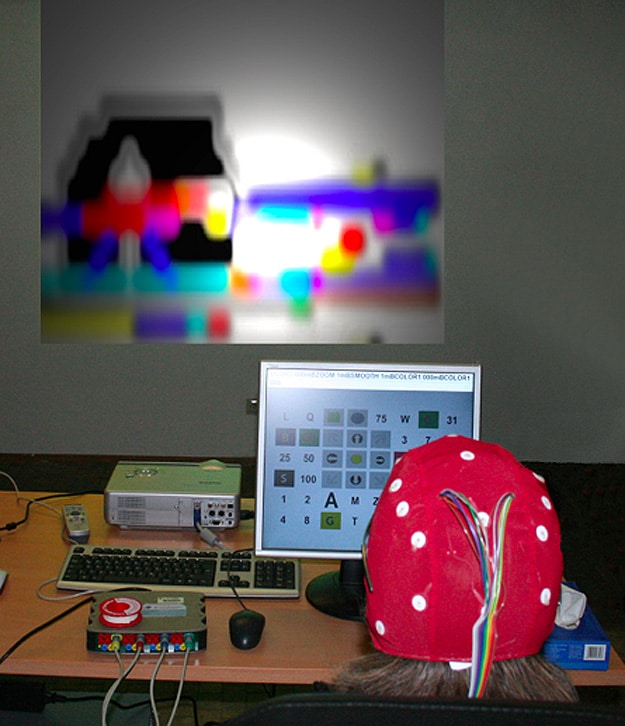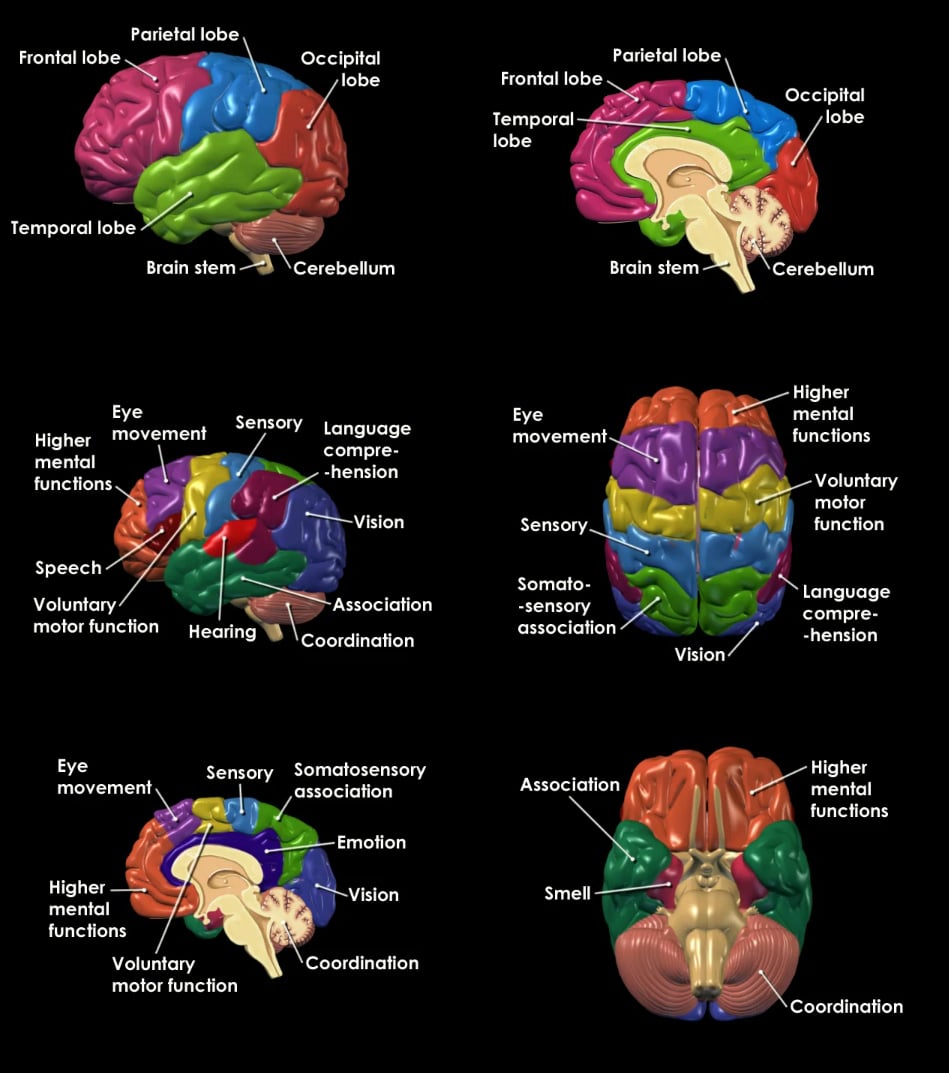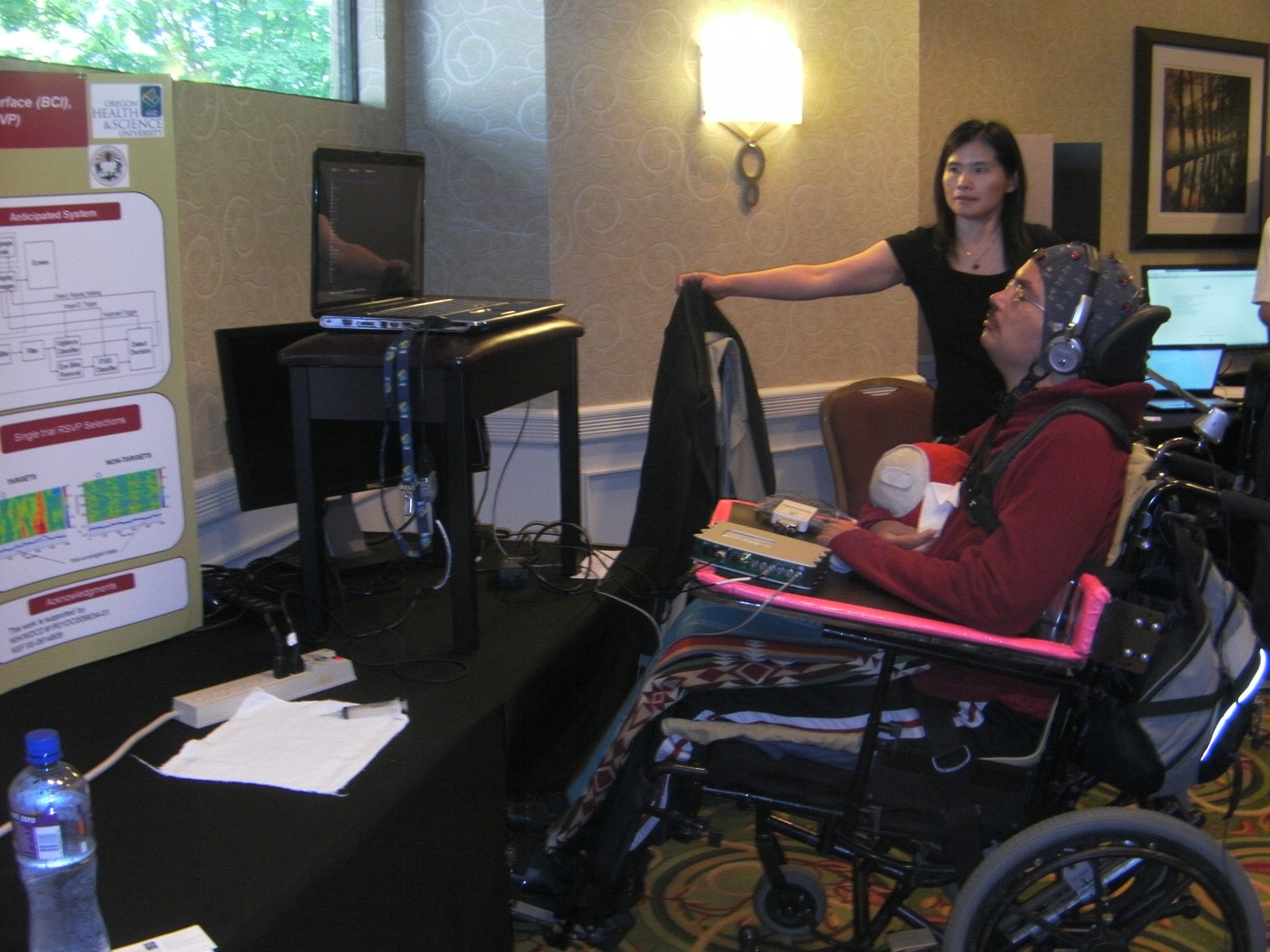The first time I ever experienced a brain computer interface was when that Star Wars Force Trainer toy was released several years ago. People everywhere were amazed at how kids could control it with their minds. At the time, it was a big deal, and a great introduction to brainwave biofeedback. Now it seems products that are ‘controlled with our minds’ are becoming a lot more popular. I found this particular story about a brain computer interface to be the most interesting one I’ve read.
Artist Heide Pfutzner is an artist who creates gorgeous paintings in bright colors. What’s even more intriguing than her artwork itself is how she is able to create it. Heide is completely paralyzed, and she ‘brainpaints’ with her thoughts. What that means is that a brain computer interface system is able to translate her thoughts into images on paper. This includes which colors to paint, what shapes to paint, which paintbrush stroke to use, and all the usual decisions that an artist would make.
According to an article on Phys.org, the process isn’t that complicated. It started out to be a way for people to communicate in words. The article explains, “Users are presented with a matrix consisting of letter and numbers flashed consecutively. By focusing on the intended letter or number, flashing will elicit a prominent positive deflection in the user’s EEG…” In other words, with that brain computer interface, people were able to spell words and communicate.
Adi Hosle, along with the Institute of Medical Psychology and Behavioral Neurobiology at the University of Tubingen, took that system and modified it for artists. Instead of focusing on letters and numbers, artists focus on colors, objects, sizes, transparency, etc. From there, brainpainting was born. You can read more about this at Brainpainting via Computer Frees Expression For The Paralyzed.
Brain Computer Interface Lets People Brainpaint With Thoughts
(Click Images Below To Enlarge)
Image Credits: [Brain Computer Interface] [Oregon Health & Science University] [Brain Computer Interfaces Over EEG]



COMMENTS